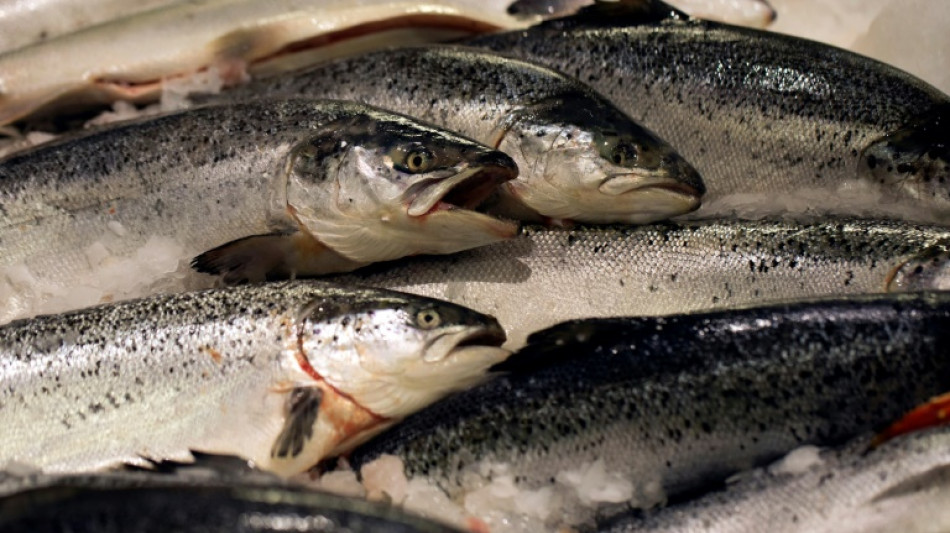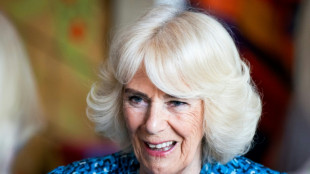

Norway limits wild salmon fishing as stocks hit new lows
Norwegian authorities on Friday rolled out fresh restrictions on wild salmon fishing for 2025 after stocks hit record lows in recent years, with scientists blaming fish farms.
"After several years of decline in the number of salmon swimming upstream to spawn.... we consider it necessary to take precautions," said the head of the Norwegian Environment Agency, Ellen Hambro.
"This means more restricted fishing at the start of the season, with the possibility of opening it up for more later if the number of salmon returning is considered sufficient," she added in a statement.
After hatching and spending several years in freshwater, wild salmon head out to the sea where they spend one to three years before returning to their river to reproduce.
It is usually at that point that they are caught by recreational fishermen.
But the number of salmon returning to their rivers to spawn has dropped significantly in recent years, falling to record lows in 2021 and 2023.
Alarmed by this development, the Environment Agency had already shut 33 rivers and sea waters along Norway's entire southern coast to wild salmon fishing on June 24.
A scientific council on salmon management -- an independent body set up by the Environment Agency -- has pointed the finger at salmon farming in submerged cages in the fjords.
Due to the high concentration of fish in the fish farms, sea lice and other diseases run rampant and end up infecting the young wild salmon swimming nearby.
In addition, when the farmed fish escape their cages and mix with the wild salmon, they weaken the genetic make-up of their wild counterparts.
Climate change is also believed to play a role, as it affects the food chain the salmon feed on as well as increasing the likelihood and intensity of periods of drought.
Y.Ingvar--MP



